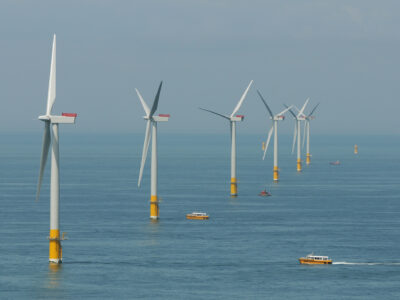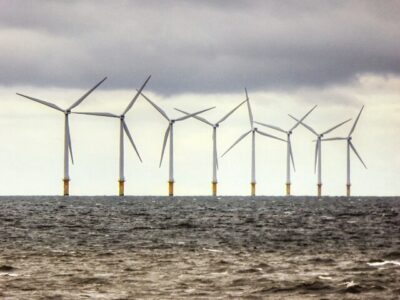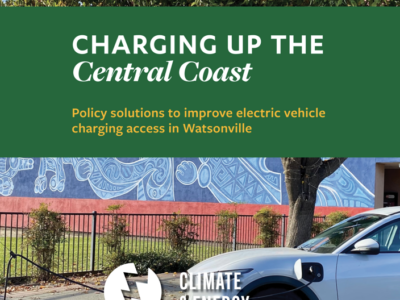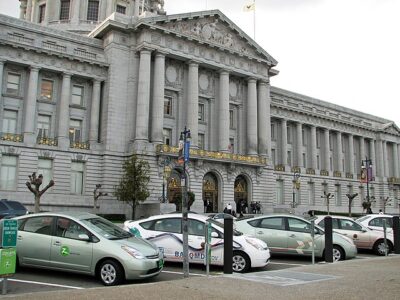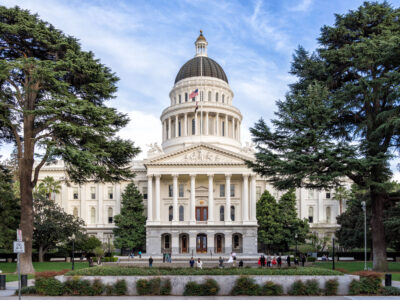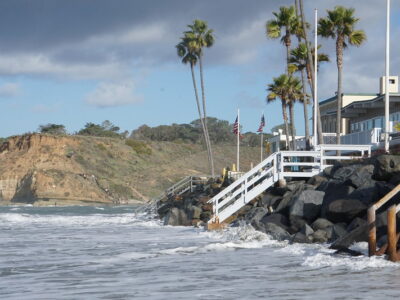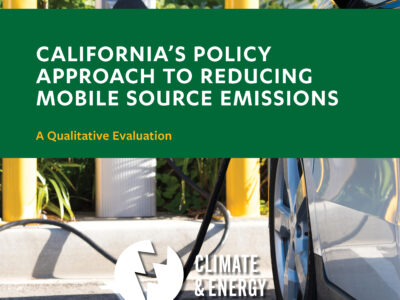California
Delivering Workforce Benefits in an Emerging Industry
Observations on the workforce development provisions in the California Energy Commission (CEC) draft Offshore Wind Strategic Plan
California’s offshore wind (OSW) industry is transitioning from planning to implementation in a statewide effort to deliver 2-5 GW clean energy by 2030. In support of this goal, the California Energy Commission (CEC) released a draft of its Assembly Bill 525 Offshore Wind Strategic Plan (the Plan). In a nascent industry with complex community interests …
Continue reading “Delivering Workforce Benefits in an Emerging Industry”
CONTINUE READINGA New Strategic Plan for California Offshore Wind
The California Energy Commission has published a draft including strategies for impacted communities, but CBAs deserve more emphasis.
For those following offshore wind development in California, January 19, 2024, marked an important moment—the release of the long-awaited Draft Assembly Bill 525 Offshore Wind Strategic Plan from the California Energy Commission (CEC). Some important foundations for offshore wind, a new but growing industry in California, had already been laid. Assembly Bill 525 (AB 525, …
Continue reading “A New Strategic Plan for California Offshore Wind”
CONTINUE READINGHow Can Cities Ensure EV Charging Accessibility for Lower-Income Drivers?
Watsonville, California as a Case Study for Policymakers
California’s ambitious goal to end the sale of internal combustion engine passenger vehicles by 2035 will require addressing the challenges faced by lower- and moderate-income drivers in accessing battery-powered electric vehicles (EVs). Chief among these concerns is their need to have a convenient and affordable place to charge the vehicles. Currently these residents too often …
Continue reading “How Can Cities Ensure EV Charging Accessibility for Lower-Income Drivers?”
CONTINUE READINGThe U.S. Supreme Court & Environmental Law in 2024
Numerous Key Environmental Issues and Doctrines Will Confront the Justices This Year
As we begin 2024, it’s useful to identify and assess the many environmental issues that the U.S. Supreme Court has agreed to decide this year. It seems likely that the conservative majority of the justices will erode or, perhaps, dramatically jettison longstanding principles of environmental law and policy in the coming months. Summarized below are …
Continue reading “The U.S. Supreme Court & Environmental Law in 2024”
CONTINUE READINGGetting to Implementation
The Status of Local Climate Action in California
This post is co-authored by CLEE Climate Policy Fellow, Hanna Payne In the arc of climate action, we are firmly in the era of implementation. As climate change accelerates, communities across the state are experiencing the effects of a changing climate. To avoid the worst of these impacts, it is critical that we rapidly implement …
Continue reading “Getting to Implementation”
CONTINUE READINGWhat’s New About Income-Graduated Fixed Charges?
California is in the process of making income-graduated fixed rates a part of ratepayers’ electric bills. This is the second post in a series that follows that proceeding.
California’s new income-graduated fixed charge (IGFC) policy makes two major moves. The IGFC 1) unbundles costs from volumetric rates and shifts a portion of those costs into a separate fixed charge and 2) imposes the fixed charge on the basis of income. The IGFC has been described as unprecedented—but just what is new about this …
Continue reading “What’s New About Income-Graduated Fixed Charges?”
CONTINUE READINGCalifornia Enacts Major Water Law Reform Legislation–But More Changes Are Needed
New law explicitly authorizes State Water Board to require water users to verify their water rights
The California Legislature has enacted and Governor Gavin Newsom recently signed into law SB 389, an important water law reform measure authored by State Senator Ben Allen. California has one of the most antiquated and outdated water rights systems of any Western state. To put it bluntly, California currently faces a 21st century water supply …
Continue reading “California Enacts Major Water Law Reform Legislation–But More Changes Are Needed”
CONTINUE READINGHow to Address Sea Level Risks in California Real Estate Transactions
A new UCLA report recommends policies to improve California’s real estate hazard disclosure laws to inform potential buyers of serious sea level rise risks.
It’s an increasingly common sight on California’s coast: beach houses being swallowed by the rising sea. The threat of flooding and erosion is increasing throughout the United States as a warming atmosphere makes precipitation events more extreme and contributes to sea level rise. In fact, the U.S. coastline is projected to see an average of …
Continue reading “How to Address Sea Level Risks in California Real Estate Transactions”
CONTINUE READINGUCLA Clinic Submits Amicus Brief in Kern Oil Ordinance Case
Kern County’s efforts to increase drilling could jeopardize the survival of the Temblor legless lizard. The case demonstrates why environmental review must keep pace with emerging science and new information.
The UCLA Environmental Law Clinic has submitted an amicus brief in a case that challenges Kern County’s (the “County”) repeated efforts to streamline oil and gas development without proper regard for myriad environmental harms. The Clinic filed its amicus brief on behalf of Professor H. Bradley Shaffer, Ph. D., one of California’s leading experts on …
Continue reading “UCLA Clinic Submits Amicus Brief in Kern Oil Ordinance Case”
CONTINUE READINGHow Much Credit Can California Take for the Electric Vehicle Revolution?
New CLEE report responds to criticism over how the state quantifies policy impacts.
The California Air Resources Board (CARB) is the state’s lead agency on zero-emission vehicle policy, from its first-in-the-nation mandate on automakers to produce zero-emission models to its wide-ranging incentive programs, among other policy approaches. But in 2021, the California State Auditor released a report criticizing how CARB measures the effects of its zero-emission vehicle policies. …
Continue reading “How Much Credit Can California Take for the Electric Vehicle Revolution?”
CONTINUE READING




